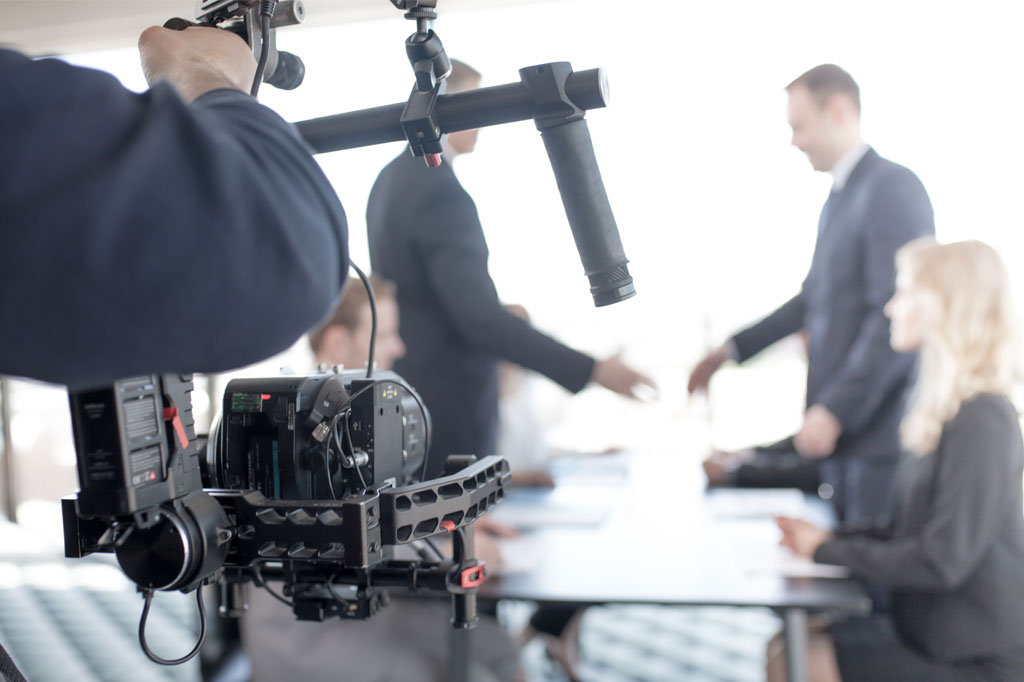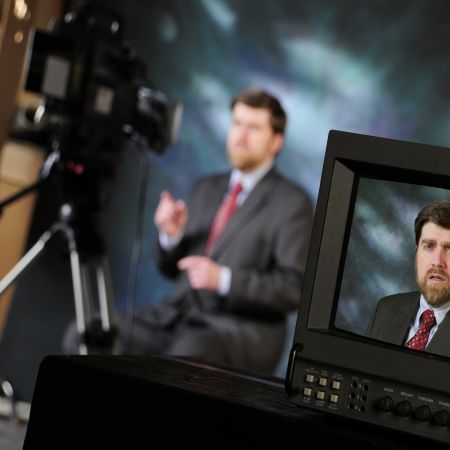Legal Videography: Transforming the Method Evidence is Captured and Presented
Legal Videography: Transforming the Method Evidence is Captured and Presented
Blog Article
Looking Into the Systems of Legal Videography: Introduction Its Operation in Safeguarding Authentic Visual Testament for Judicial Procedures
In the realm of judicial procedures, the role of legal videography stands as a cornerstone in preserving and presenting visual proof. As modern technology remains to breakthrough, the mechanisms behind legal videography have actually become significantly elaborate, using a critical layer of credibility to testaments recorded on video clip. By delving into the functional details of lawful videography, one can discover the thorough processes that safeguard the honesty of aesthetic proof provided in courts - Legal Videography. This exploration not only clarifies the historical evolution of lawful videography but additionally means the future trends that might even more transform how aesthetic testimonies are upheld in the world of justice.
Historical Advancement of Legal Videography
Checking out the historical progression of lawful videography exposes a significant improvement in the catching and presentation of visual proof within the lawful landscape. In the past, lawful procedures greatly counted on written records and photographs to document events and provide proof. With the arrival of video clip technology, the legal market saw a standard shift in how aesthetic testimony was caught and presented.
The evolution of lawful videography can be traced back to the late 20th century when advancements in video clip recording tools made it extra available for usage in court rooms. This technical development not only enhanced the precision and dependability of aesthetic proof but additionally reinvented the means cases existed to courts and judges (Legal Videography). Lawyers began to acknowledge the convincing power of video clip recordings in communicating feelings, nuances, and non-verbal cues that created records or photographs alone could not catch properly

Innovation Innovations in Video Clip Documents
What crucial technical improvements have reinvented video documents in the lawful field? The legal field has actually seen considerable improvements in video clip paperwork technology that have boosted the credibility and dependability of aesthetic proof in judicial procedures. One of the key advancements is high-definition (HD) video recording capabilities, which provide crystal-clear photos and sharp information that are vital for properly catching testimonies, face expressions, and various other visual signs. Furthermore, the integration of timestamping and metadata attributes in video clip documents tools has actually allowed accurate documentation of when and where the video clip was taped, making sure the integrity of the proof presented in court.
Furthermore, innovations in video security and watermarking technologies have actually boosted the security and tamper-proof nature of video evidence, safeguarding it against unapproved modifications or meddling. The introduction of cloud storage space remedies and remote access capabilities has streamlined the storage space, retrieval, and sharing of video evidence, assisting in seamless partnership amongst legal experts and making certain reliable accessibility to critical visual statements when required. These technical improvements in video clip documents have most certainly revolutionized the legal field, enhancing the accuracy, reputation, and admissibility of aesthetic proof in judicial proceedings.
Role of Legal Videographers in Courtroom Settings
The evolution of video paperwork innovation in the lawful area has actually demanded a crucial duty for legal videographers in courtroom settings, making certain the honesty visit and dependability of visual statements provided throughout judicial procedures. Legal videographers play a fundamental role in recording and protecting accurate aesthetic evidence that can be essential in court instances. Their duty reaches setting up equipment, tape-recording procedures, and generating premium videos that precisely mirror the events in the court room.
In court settings, lawful videographers should stick to stringent guidelines and standards to preserve the credibility of the visual document. They have to possess an eager eye for detail and a detailed understanding of legal procedures to make certain that the video footage they record is a true representation of the events that transpired. Additionally, lawful videographers frequently function closely with legal groups to ensure that the video clip proof lines up with the instance's requirements and can be efficiently offered in court to support the lawful debates being made. In general, the function of lawful videographers in court setups is crucial in supporting the concepts of justice and making sure the transparency of lawful process.

Ensuring Admissibility and Stability of Video Clip Evidence
To preserve the reputation of aesthetic proof offered in lawful process, guaranteeing the admissibility and stability of video clip proof is a crucial duty for lawful videographers. Admissibility describes the acceptance of evidence by the court, and for video clip proof to be permissible, it needs to fulfill certain requirements. Lawful videographers play an essential function in making certain that the videos they record adhere to the regulations of proof, such as dependability, significance, and credibility.
Stability of video clip proof entails keeping the creativity and precision of the video footage from the moment it is recorded till it is offered in court. This consists of firmly keeping the video clip data, documenting the chain of custodianship, and stopping any kind of meddling or modifications. Legal videographers should abide by stringent protocols to guarantee the honesty of the video clip evidence and protect against any kind of obstacles to its authenticity.
Future Trends in Legal Videography
Offered the enhancing dependence on innovation in legal procedures, lawful videographers are poised to embrace this link innovative advancements forming the future of aesthetic testimony capture and discussion. Among the popular fads on the perspective is the assimilation of digital fact (VIRTUAL REALITY) and augmented reality (AR) modern technologies right into legal videography. These innovations have the possible to transform exactly how visual proof exists in court rooms, enabling discretionary to submerse themselves in the scene of the criminal offense or incident.
In addition, the usage of expert system (AI) algorithms for video clip analysis is anticipated to enhance the process of assessing and evaluating huge amounts of video clip footage. AI can assist in recognizing essential minutes, anomalies, and patterns within video clips, enhancing the effectiveness of lawful investigations.

Conclusion
In conclusion, lawful videography has played a critical function in giving genuine visual proof for judicial proceedings. With technical developments and the expertise of lawful videographers, the integrity and admissibility of video clip proof are guaranteed in courtroom setups. As legal videography continues to advance, it will be important to promote standards that keep the precision and dependability of aesthetic testimony for the future of lawful procedures.
Analyzing the historic progression of lawful videography reveals a significant transformation in the catching and discussion of aesthetic evidence within the lawful landscape.The development of video paperwork modern technology in the legal field has necessitated an essential function for lawful videographers in court room settings, making certain the integrity and dependability of aesthetic testaments offered during judicial procedures. Furthermore, legal videographers commonly function very closely with lawful teams to guarantee that the video evidence lines up with the case's requirements and can be efficiently provided in court to support the legal disagreements discover this being made.To keep the reliability of visual evidence presented in legal procedures, guaranteeing the admissibility and integrity of video clip proof is an important duty for lawful videographers. As lawful videography continues to progress, it will certainly be essential to copyright standards that keep the precision and integrity of visual testimony for the future of lawful process.
Report this page